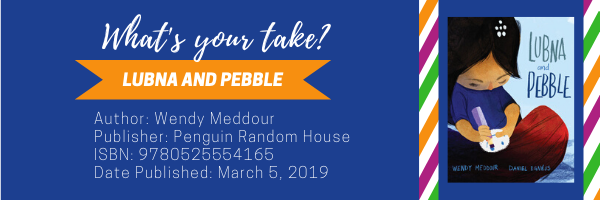By Rebecca Ballenger, Associate Director, Worlds of Words
Brutal honesty connects award winning illustrators Juana Martinez-Neal and Molly Idle. A new exhibit of original illustrations and picturebooks puts this partnership front and center at the Worlds of Words: Center for Global Literacies and Literatures in the University of Arizona College of Education. Critique to Support and Stretch: A Conversation between Juana Martinez-Neal and Molly Idle is free and open to the public who are encouraged to take in the exhibit and engage in visual critique.

English major, Eva Halvax (senior), studies illustrations that Juana Martinez-Neal and Molly Idle say are most representative of their artistic voice. The original illustrations are on loan and part of a new exhibit in Worlds of Words titled “Critique to Support & Stretch: A Conversation between Juana Martinez-Neal & Molly Idle.” Photo credit: Ileana Roman










 Being a Fulbright Scholar in Worlds of Words is an amazing privilege. I arrived here in late October 2019 and will leave at the end of February 2020, after a four-month period. There are many scholarships available through Fulbright, all of them encouraging exchange between the United States and another country in the world.
Being a Fulbright Scholar in Worlds of Words is an amazing privilege. I arrived here in late October 2019 and will leave at the end of February 2020, after a four-month period. There are many scholarships available through Fulbright, all of them encouraging exchange between the United States and another country in the world. 


 For this last post focused on the role of literature in supporting music’s importance as a multimodal approach to living and learning in the global society, we consider books that reflect the cognitive support between language and music. The development of both music and language for young learners has been revealed as a somewhat reciprocal process. Recent research, has revealed that the brain regions that process syntax are also responsible for other communicative forms such as music. Concepts about print, conventions of print, rhythm, rhyme and patterned texts are each nurtured by music. Phonological awareness and auditory discrimination of letters and notes, important in language learning, are also important in developing communication through music. Literature offers resources that support these processes. Poetry, obviously, provides rhythm and often rhyme; onomatopoetic words within text can sharpen listening skills; language can help develop a sense of dynamics, tempo, and emotional qualities; and books that point to the importance of listening to the sounds around us link the natural world as a form of communication.
For this last post focused on the role of literature in supporting music’s importance as a multimodal approach to living and learning in the global society, we consider books that reflect the cognitive support between language and music. The development of both music and language for young learners has been revealed as a somewhat reciprocal process. Recent research, has revealed that the brain regions that process syntax are also responsible for other communicative forms such as music. Concepts about print, conventions of print, rhythm, rhyme and patterned texts are each nurtured by music. Phonological awareness and auditory discrimination of letters and notes, important in language learning, are also important in developing communication through music. Literature offers resources that support these processes. Poetry, obviously, provides rhythm and often rhyme; onomatopoetic words within text can sharpen listening skills; language can help develop a sense of dynamics, tempo, and emotional qualities; and books that point to the importance of listening to the sounds around us link the natural world as a form of communication.